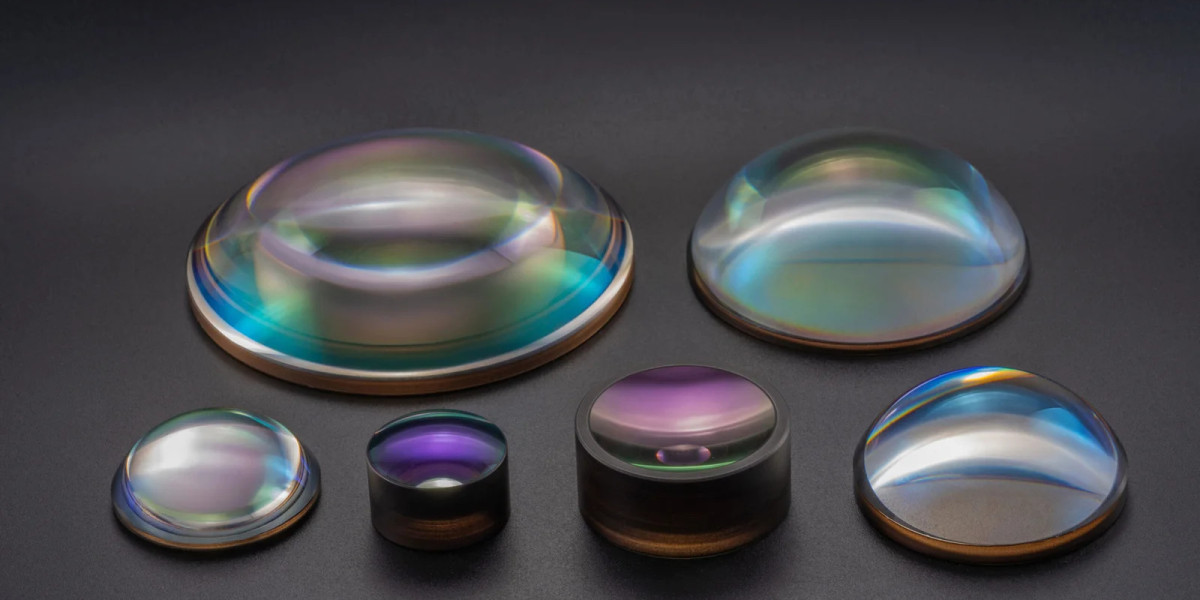In the world of optics, precision matters. Whether it's in a microscope, camera, or telescope, a clear and focused image depends on the quality of the lens. One of the most commonly used lenses is the glass spherical lens. It's known for its simple shape, strong light control, and wide usage in both consumer and industrial applications.
Let’s explore what it is, how it works, and where it's used.
What Is a Glass Spherical Lens?
A glass spherical lens is a curved optical lens made from glass. It has either one or two curved surfaces, shaped like a part of a sphere. These curves allow the lens to bend (or refract) light in a controlled way.
Convex (Positive) Spherical Lens: Curves outward and focuses light to a single point.
Concave (Negative) Spherical Lens: Curves inward and spreads light out.
Both types are used depending on whether the goal is to focus or diverge light.
Benefits of Using Glass Spherical Lenses
| Feature | Benefit |
|---|---|
| High Clarity | Delivers clear and sharp images |
| Durable Material | Glass resists heat, scratching, and aging |
| Cost-Effective | Easy to produce in large quantities |
| Light Control | Effective at focusing and adjusting light paths |
| Optical Versatility | Used in many types of optical systems |
Glass lenses also maintain their shape better than plastic alternatives, especially in high-heat or high-precision environments.
Where Are Glass Spherical Lenses Used?
These lenses are everywhere! From daily tools to advanced systems:
Cameras and Projectors: Help focus images and improve clarity
Microscopes and Telescopes: Used for magnifying tiny or distant objects
Medical Equipment: In endoscopes and imaging tools
Laser Systems: Help direct or focus laser beams
Eyewear and Vision Tools: In prescription glasses and magnifying lenses
AR/VR Headsets: Support immersive display quality
Industrial Sensors: Used in optical detection systems
How to Choose the Right Spherical Lens
Before selecting a glass spherical lens, consider these:
Focal Length – Do you want to concentrate or spread the light?
Lens Shape – Single or double convex/concave?
Size & Diameter – What fits your system?
Glass Type – Do you need anti-reflective or UV-protected lenses?
Application Use – Camera, laser, microscope, or something else?
If unsure, consult a trusted optical supplier for custom recommendations.
Spherical vs Aspherical Lenses: What’s the Difference?
Spherical Lens: Has a constant curve. Easier to make and good for general use.
Aspherical Lens: Has a changing curve. Offers better correction for distortion and is often used in high-end devices.
Still, for many systems, a glass spherical lens is the go-to choice due to its balance of cost, simplicity, and performance.
Conclusion
The glass spherical lens plays a key role in modern optics. It helps focus light, improve image quality, and support everything from basic tools to advanced scientific systems. If you're designing an optical product, choosing the right spherical lens will ensure clear results and better performance.












